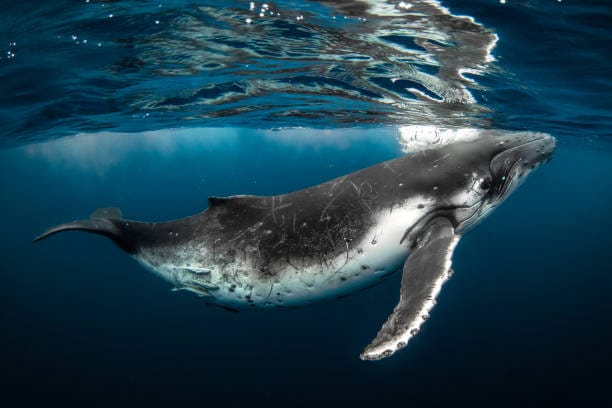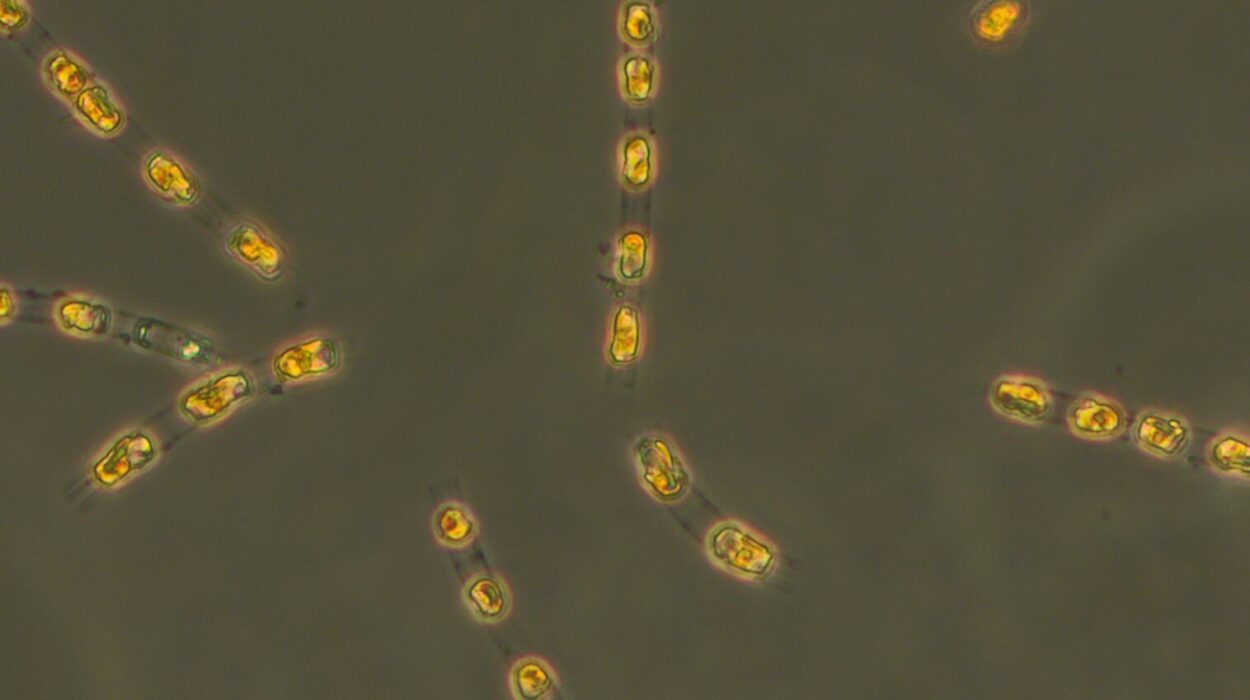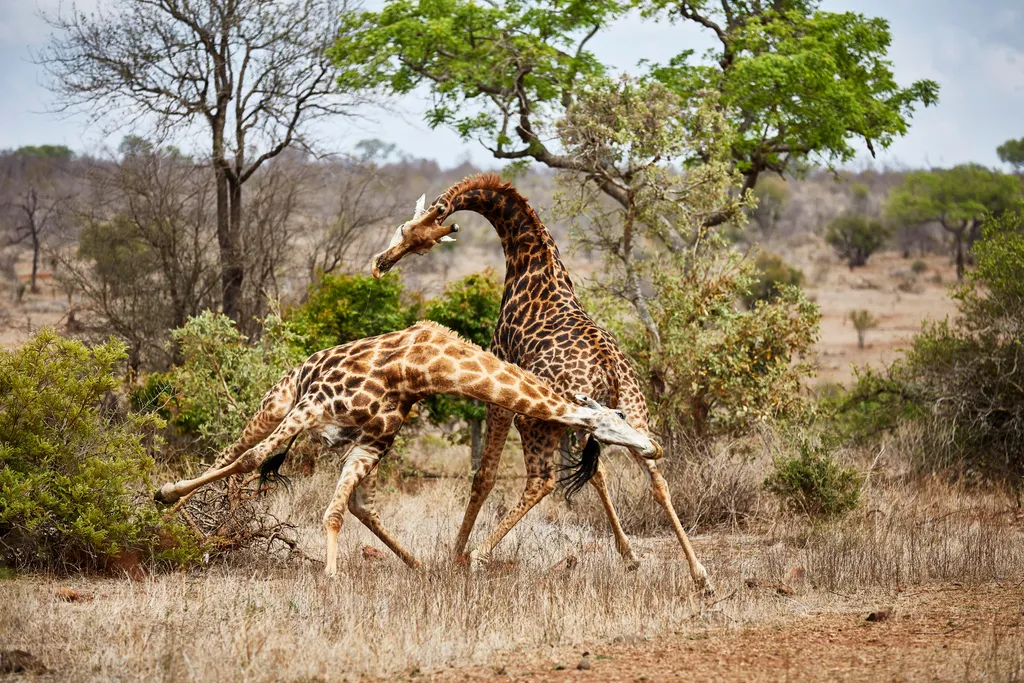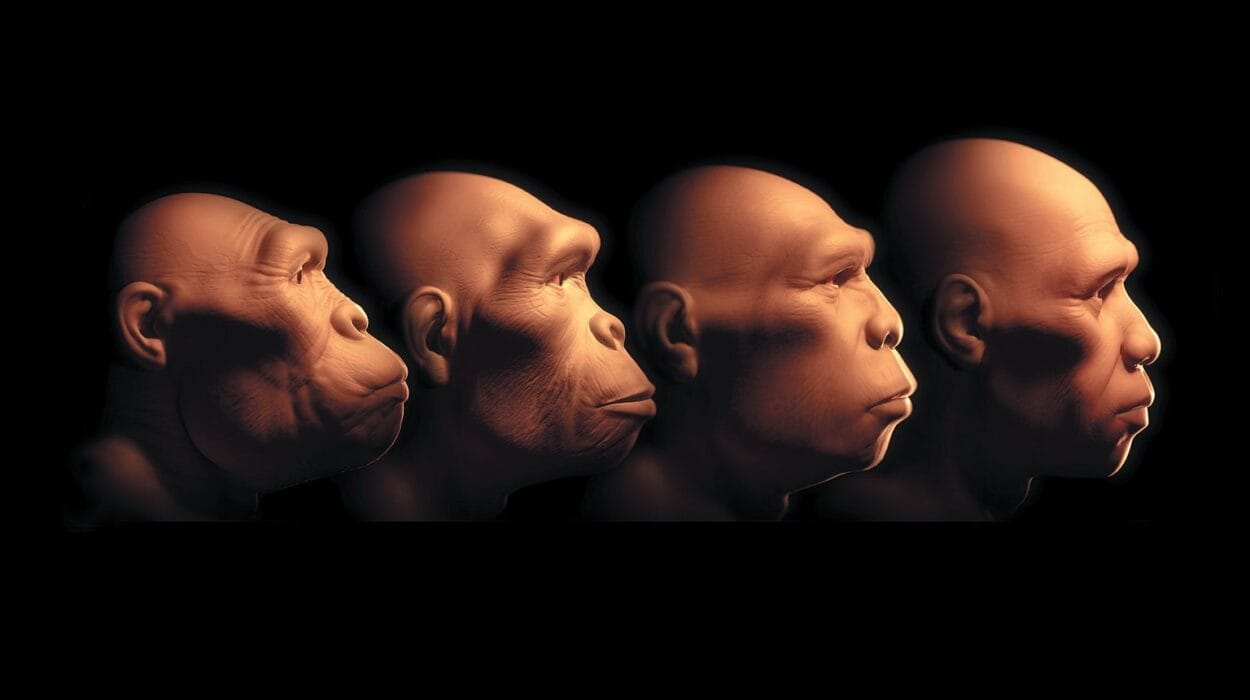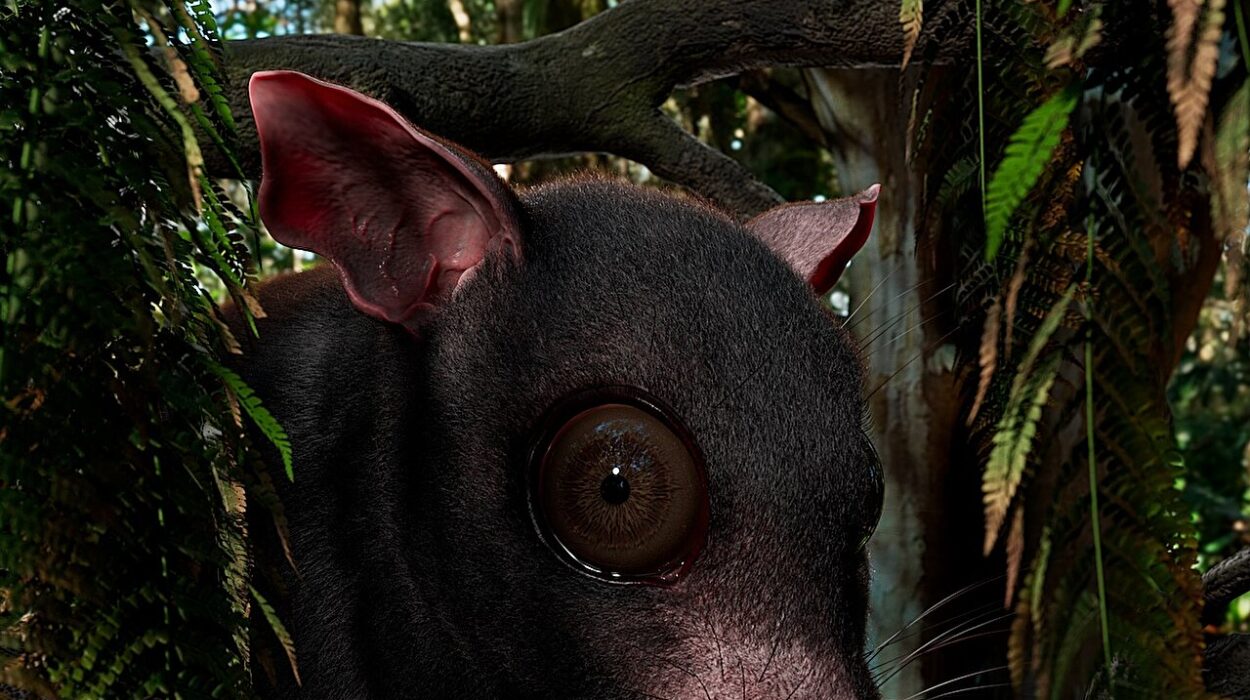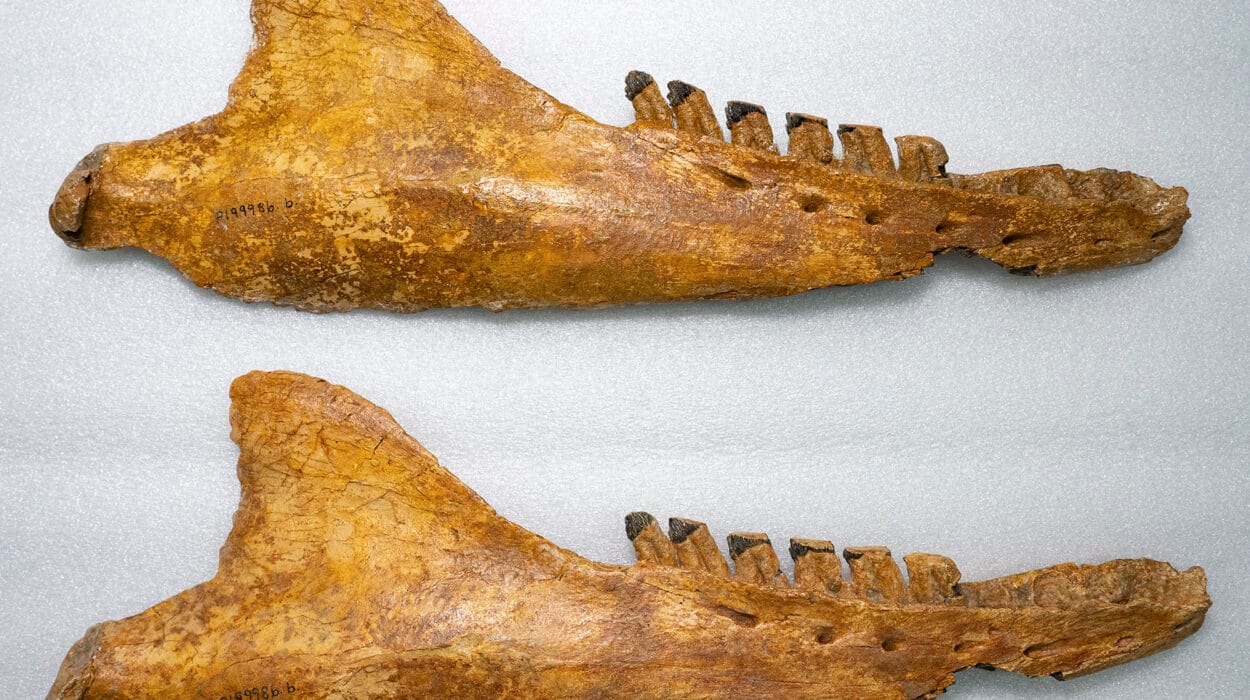Beneath the sun-dappled waves of Earth’s vast oceans swim creatures of staggering size and ancient lineage. Whales—those majestic, mysterious titans of the sea—do more than simply awe us with their sheer magnitude. They play vital, often invisible roles in sustaining the health of the ocean’s ecosystems. These gentle giants, once hunted to the brink of extinction, are now recognized not only as sentient beings but also as ecological engineers, subtly shaping the marine environments in which they live.
In recent decades, scientists have uncovered a wealth of evidence showing that whales—through their feeding, migrating, and even dying—are essential to the balance of marine life. They help regulate carbon cycles, promote phytoplankton growth, maintain fish populations, and link oceanic ecosystems across vast distances. Without them, the entire ocean web begins to unravel.
Whales, it turns out, are not simply inhabitants of the sea; they are its caretakers.
From Leviathan to Lifeline: A Shift in Perspective
For centuries, whales inspired myths, legends, and terror. Early sailors imagined them as sea monsters capable of swallowing ships whole. In the whaling era, these animals became symbols of profit, slaughtered en masse for their oil and baleen. Yet through this bloody history emerged an accidental legacy: a vast amount of biological data, collected over generations by whalers, laid the groundwork for modern cetology—the scientific study of whales.
In the 20th century, as commercial whaling decimated populations, concern for the survival of these animals began to grow. Protective laws and sanctuaries were established, and a conservation movement blossomed. What began as a mission to save whales from extinction evolved into something broader: an understanding of whales as integral to the functioning of Earth’s largest biome—the ocean.
Today, whales are viewed through a radically different lens. Their lives, from birth to death, have cascading effects that ripple through the water column. Each breach, dive, and exhalation is part of a complex choreography that supports biodiversity, stabilizes ecosystems, and even mitigates climate change.
The Whale Pump: Feeding the Ocean from Below
One of the most fascinating and ecologically vital processes linked to whales is the so-called “whale pump.” Unlike terrestrial animals, whales feed at depth but defecate at the surface. This peculiar behavior results in a constant cycling of nutrients from the ocean floor to the sunlit upper layers where photosynthetic organisms thrive.
Whales consume vast amounts of fish, squid, or krill depending on the species, diving hundreds or even thousands of meters to find their prey. When they return to the surface to breathe—and often, to release waste—they expel a cloud of nutrient-rich feces into the photic zone, the top layer of water that receives sunlight. This “poop plume,” though unappetizing to imagine, is an ecological goldmine. It contains nitrogen, phosphorus, and especially iron—nutrients that are often scarce in ocean surface waters but essential for the growth of phytoplankton.
Phytoplankton are microscopic, photosynthetic organisms that form the base of the marine food web. They produce at least half of the world’s oxygen and are a major sink for atmospheric carbon dioxide. In areas where iron is the limiting nutrient—such as the Southern Ocean around Antarctica—the presence of whales has been directly linked to phytoplankton blooms. More whales mean more iron, which means more phytoplankton, which in turn supports more fish, more oxygen production, and greater carbon sequestration.
In this way, whales fertilize the sea, creating conditions for life to flourish far beyond their immediate presence.
Whale Falls: Death and Renewal in the Deep
Even in death, whales give life. When a whale dies, its body eventually sinks to the ocean floor, where it becomes a phenomenon known as a “whale fall.” These immense carcasses, weighing tens of tons, create sudden, localized ecosystems in the otherwise barren abyss.
A single whale fall can support a thriving community of scavengers, decomposers, and specialized deep-sea organisms for decades. The first to arrive are mobile scavengers like hagfish, sleeper sharks, and amphipods, which strip away soft tissue. Next come enrichment opportunists—worms, crabs, and bivalves—that feed on the remaining scraps and disturbed sediments.
Finally, a unique community of chemoautotrophic bacteria establishes itself on the bones. These bacteria digest lipids and other compounds within the whale’s skeleton, releasing hydrogen sulfide in the process. This toxic gas becomes the basis for chemosynthetic food webs, similar to those found at hydrothermal vents. Tube worms, clams, and other invertebrates adapted to these harsh conditions flourish on the whale’s remains.
Over time, a whale fall becomes a self-contained, slowly changing ecosystem—a deep-sea oasis that recycles nutrients and supports species found nowhere else. In the dark silence of the ocean’s deepest trenches, the whale’s final gift sustains life.
Carbon Sinks on a Massive Scale
Whales are not only nutrient distributors and ecosystem creators; they are also colossal carbon sinks. As they grow, whales store carbon in their bodies—carbon that originated from the phytoplankton they helped fertilize. A single adult blue whale, the largest animal ever to have lived, can store around 33 tons of carbon in its body. For comparison, a tree might sequester a few dozen kilograms over its entire lifetime.
When a whale dies a natural death and sinks to the ocean floor, all the carbon in its body is effectively removed from the atmospheric cycle for hundreds or even thousands of years. This process, sometimes called “whale carbon sequestration,” plays an important role in regulating the global climate.
Researchers estimate that before industrial whaling, whale populations may have removed millions of tons of carbon from the atmosphere annually through this process. The massive reduction in whale numbers during the 20th century—some species were reduced by over 90%—has not only harmed biodiversity but also eliminated a significant natural mechanism for climate regulation.
Restoring whale populations, therefore, is not just a matter of conservation—it is a climate solution hiding in plain sight.
Whales and Fisheries: Allies, Not Competitors
There is a longstanding myth that whales compete with humans for fish, with some arguing that reducing whale populations would leave more seafood for people. However, ecological studies show that the opposite is often true.
Whales contribute to fish populations in several important ways. By fertilizing the surface ocean through the whale pump, they promote phytoplankton growth, which feeds zooplankton and small fish, which in turn support larger predatory fish. Their movements across different regions also help redistribute nutrients, preventing the localized depletion that often accompanies overfishing.
Moreover, whales often target prey species that are not heavily fished by humans, such as krill or deep-dwelling squid. In fact, healthy whale populations can stabilize marine food webs by preventing the overabundance of specific prey species that might otherwise collapse ecosystems if left unchecked.
There is growing recognition among marine ecologists that whales and fisheries can have a mutually reinforcing relationship, especially when whale-driven productivity supports the early life stages of commercially important fish. Rather than seeing whales as competitors, modern science increasingly views them as collaborators in sustaining ocean abundance.
Migrators Across the Blue Planet
Whales are among the greatest travelers on Earth. Many species undertake migrations of thousands of kilometers each year, moving between nutrient-rich feeding grounds in polar regions and warm breeding waters in the tropics. These migrations are not just extraordinary feats of endurance and navigation—they are vital mechanisms for connecting distant marine ecosystems.
As whales travel, they transport nutrients between biogeographic zones. They defecate in different regions than where they feed, bringing nutrients from the depths of one area to the surface of another. They also exhale massive volumes of warm, moist air when they surface to breathe, creating microenvironments that may help aerosol formation and even cloud seeding, influencing local weather patterns.
In this way, whales act as nutrient and energy bridges across otherwise isolated parts of the ocean. They help maintain the integrity of a truly global ecosystem, linking Arctic ice fields to coral reefs, continental shelves to deep trenches. Their journeys map not just the geography of the sea, but its interconnectedness.
Echoes in the Deep: Whales as Sentinels of Change
Whales also serve as indicators of ocean health. Because they are long-lived, migratory, and sit high in the food chain, changes in whale populations often reflect broader environmental shifts. Scientists monitor whale behavior, physiology, and vocalizations to track ecosystem changes, including ocean acidification, temperature fluctuations, pollution, and prey abundance.
For example, changes in humpback whale migration patterns can signal warming sea temperatures or altered krill distribution. Increased levels of persistent organic pollutants in whale blubber can reveal contamination in the marine food web. Noise pollution from shipping and oil exploration, which interferes with whale communication, has prompted new discussions about the auditory integrity of the ocean.
Through satellite tags, acoustic monitoring, and long-term observation, researchers are learning how whales respond to their changing environment. In doing so, these animals become not only participants in ecological processes but also messengers, telling us stories about the ocean we are only beginning to understand.
The Road to Recovery and Protection
Despite their importance, whales remain vulnerable. Commercial whaling, though largely banned, still persists in some countries under loopholes. Collisions with ships, entanglement in fishing gear, climate change, ocean noise, and plastic pollution continue to pose serious threats. The slow reproduction rates of whales—many species take more than a decade to reach maturity and reproduce only once every few years—make recovery difficult.
However, there is hope. Several populations have shown signs of rebound thanks to international cooperation, marine protected areas, and growing public awareness. Conservationists now argue that restoring whale populations to their pre-whaling numbers—estimated at tens of millions—is not only possible but imperative for ecosystem health and climate resilience.
In 2019, the International Monetary Fund published a working paper estimating that the average great whale contributes $2 million in ecosystem services over its lifetime, totaling over $1 trillion if populations were restored to pre-whaling levels. These figures underscore a growing realization: that whales are not a luxury for the oceans, but a necessity.
A Planet-Sized Perspective
Ultimately, whales remind us that everything in nature is connected. These majestic mammals are not isolated spectacles, but vital threads in a web that binds the sea, the atmosphere, and all life on Earth. They fertilize waters, transport nutrients, support fisheries, feed deep-sea organisms, and help cool the planet. In their silence, they speak of balance. In their presence, they restore it.
Perhaps the greatest lesson whales teach us is not about biology or climate, but humility. Here are beings that existed long before us, that shape their world not through domination but through harmony. They do not build cities or alter coastlines, yet they sustain systems far more complex and enduring than any we have devised.
In learning to save whales, we are learning to save ourselves—not only because of their role in the planet’s life support system, but because their story mirrors our own. A tale of loss and rediscovery. Of destruction, followed by hope. And of a future that depends on whether we can recognize that the survival of the largest animals on Earth is intimately tied to the survival of all.
